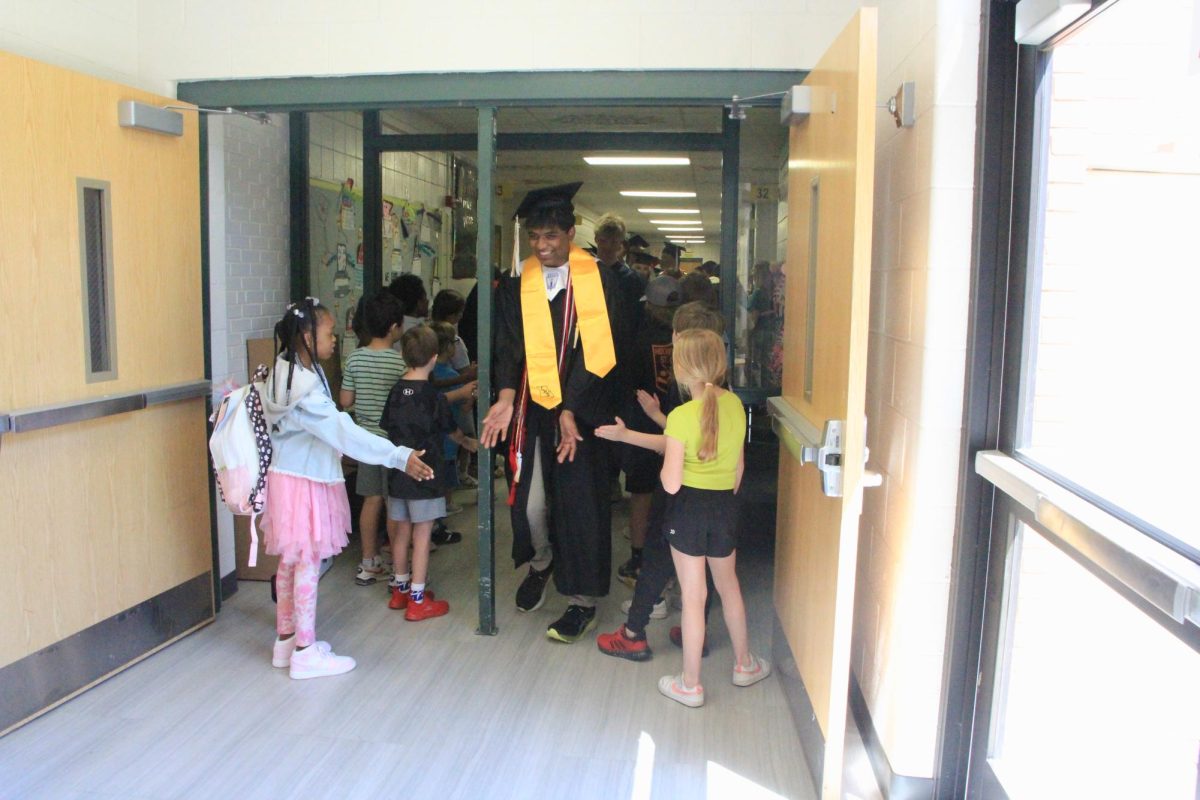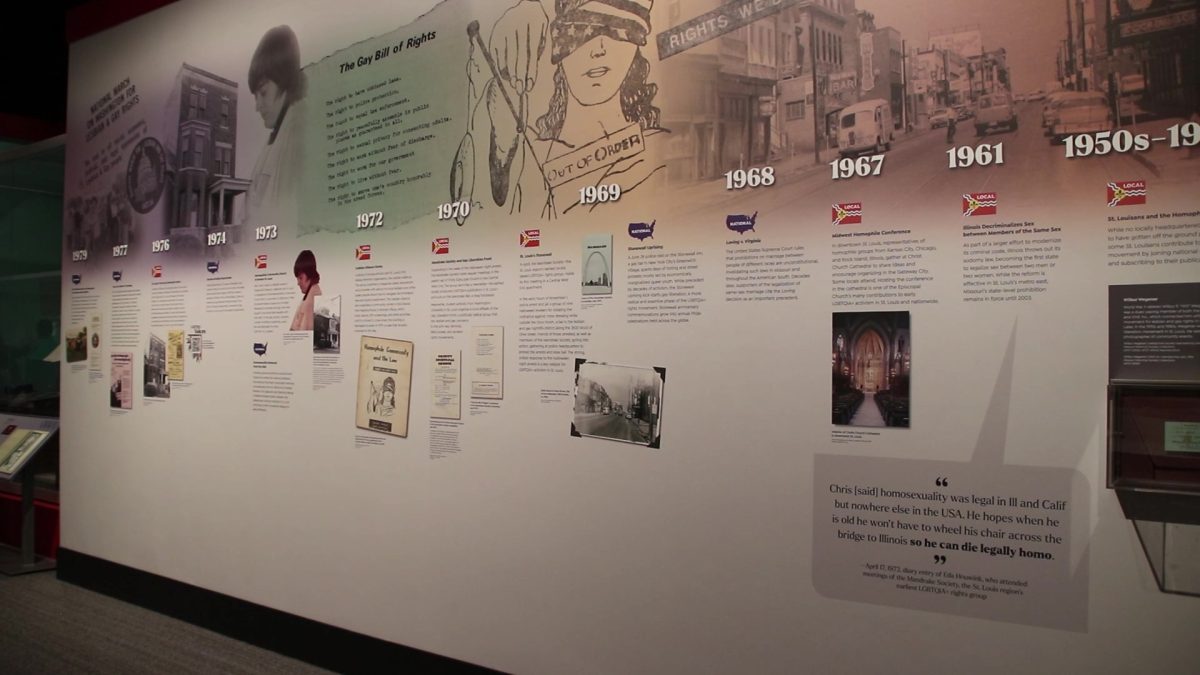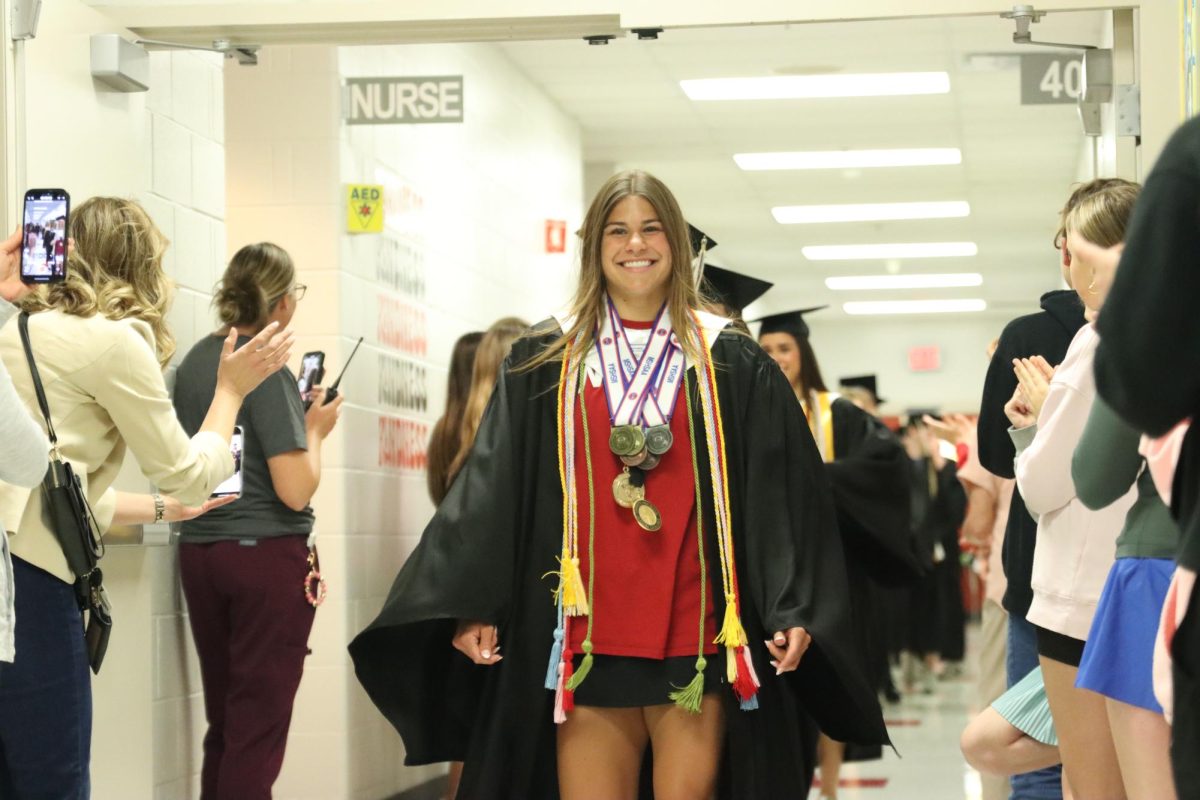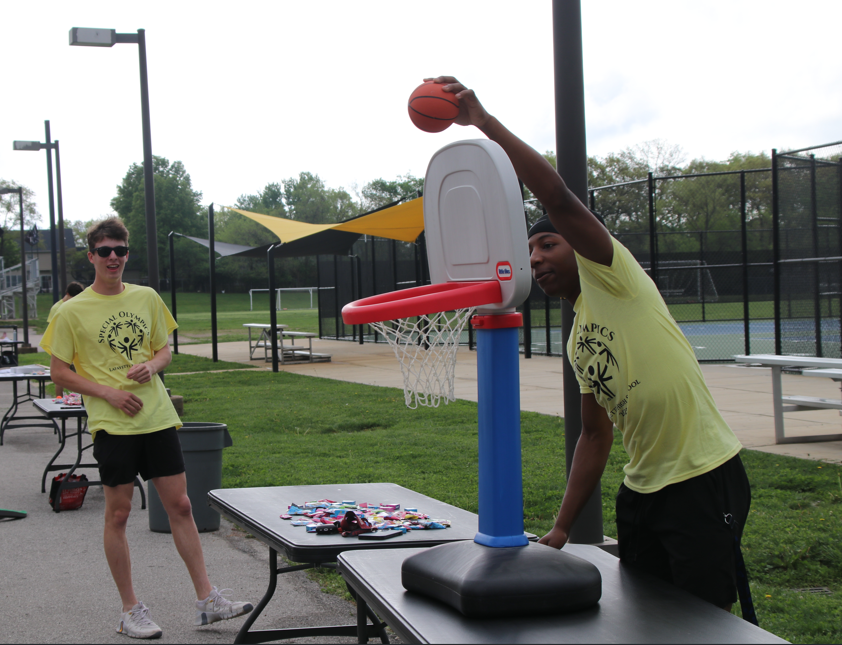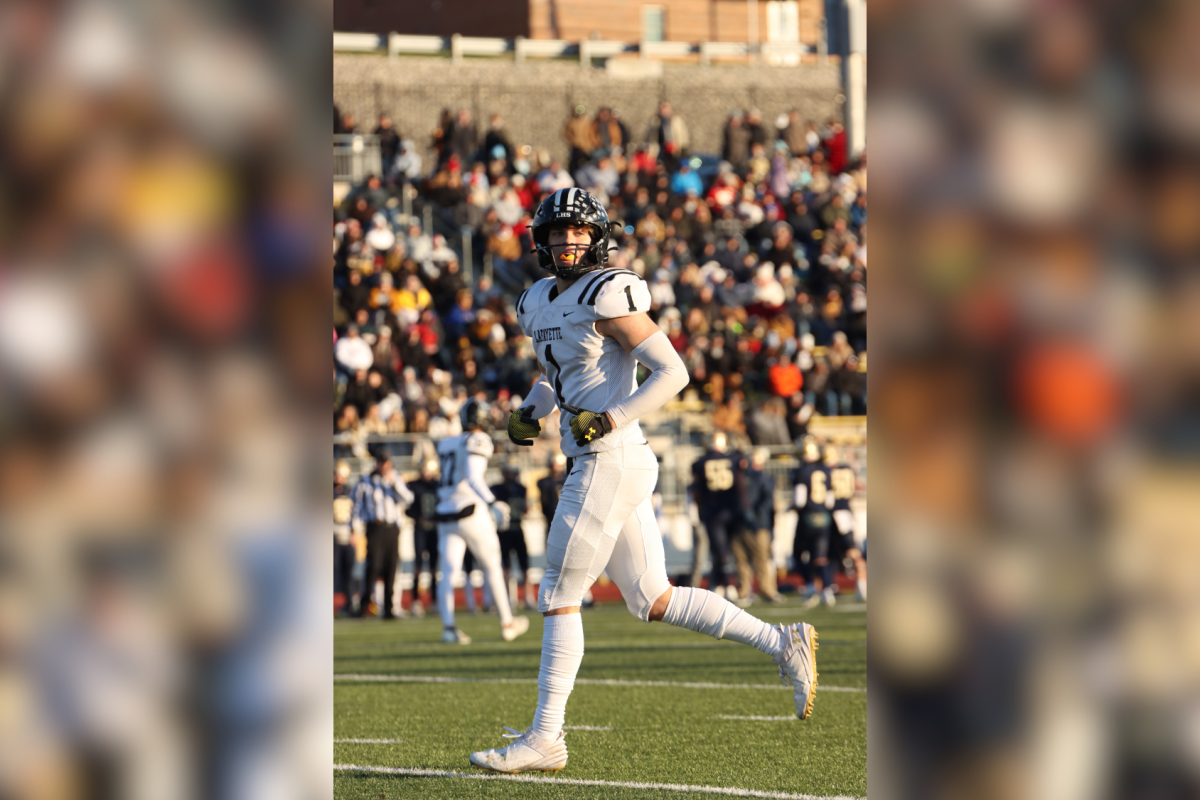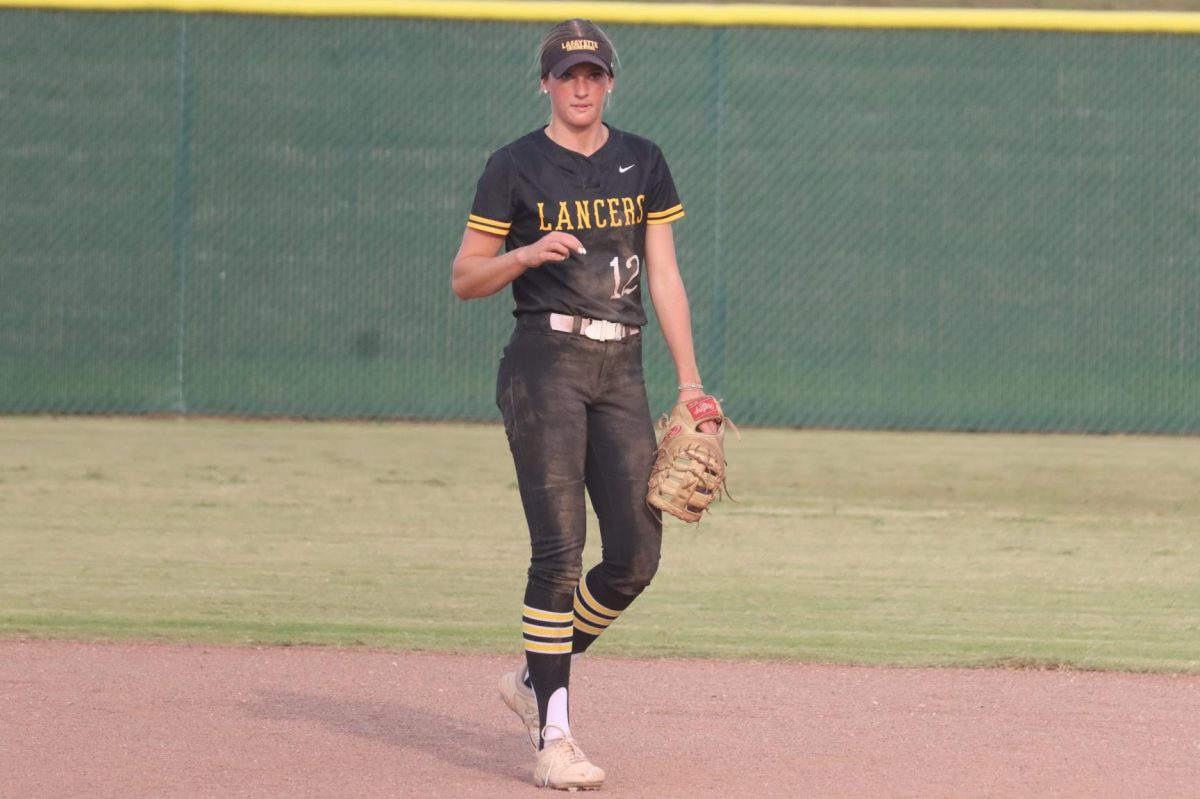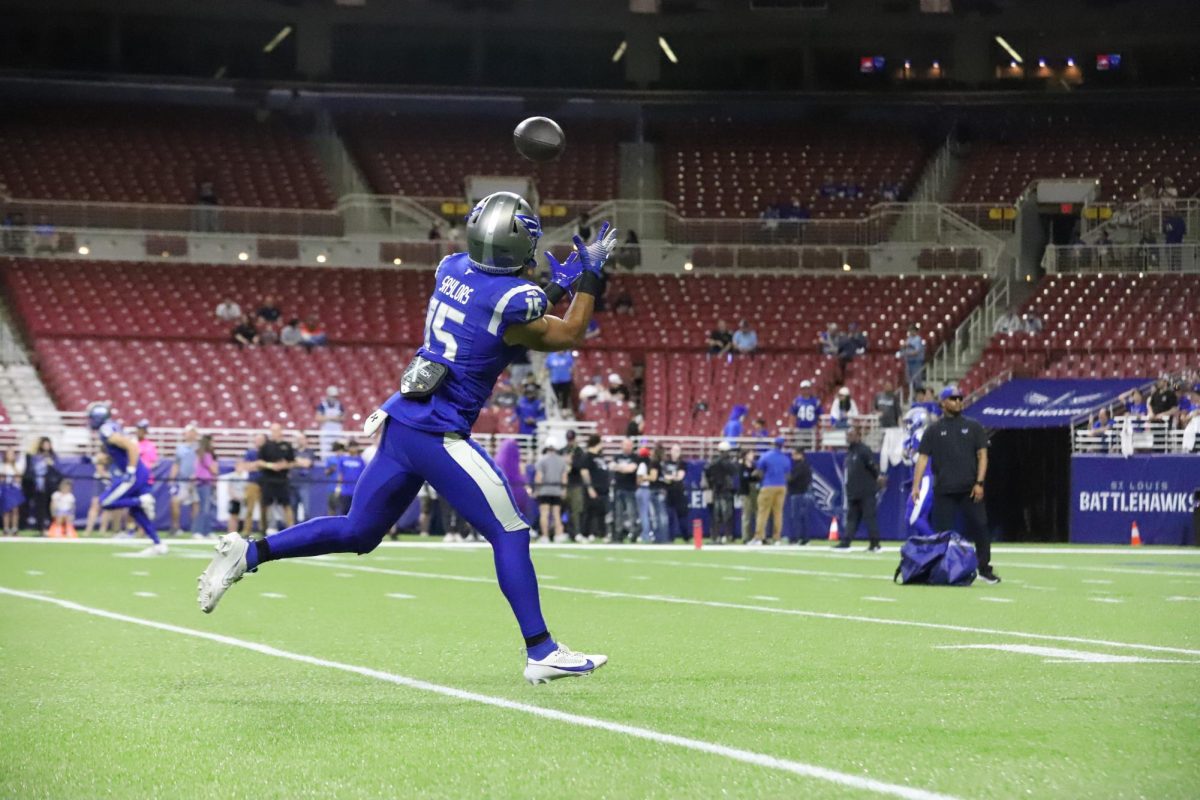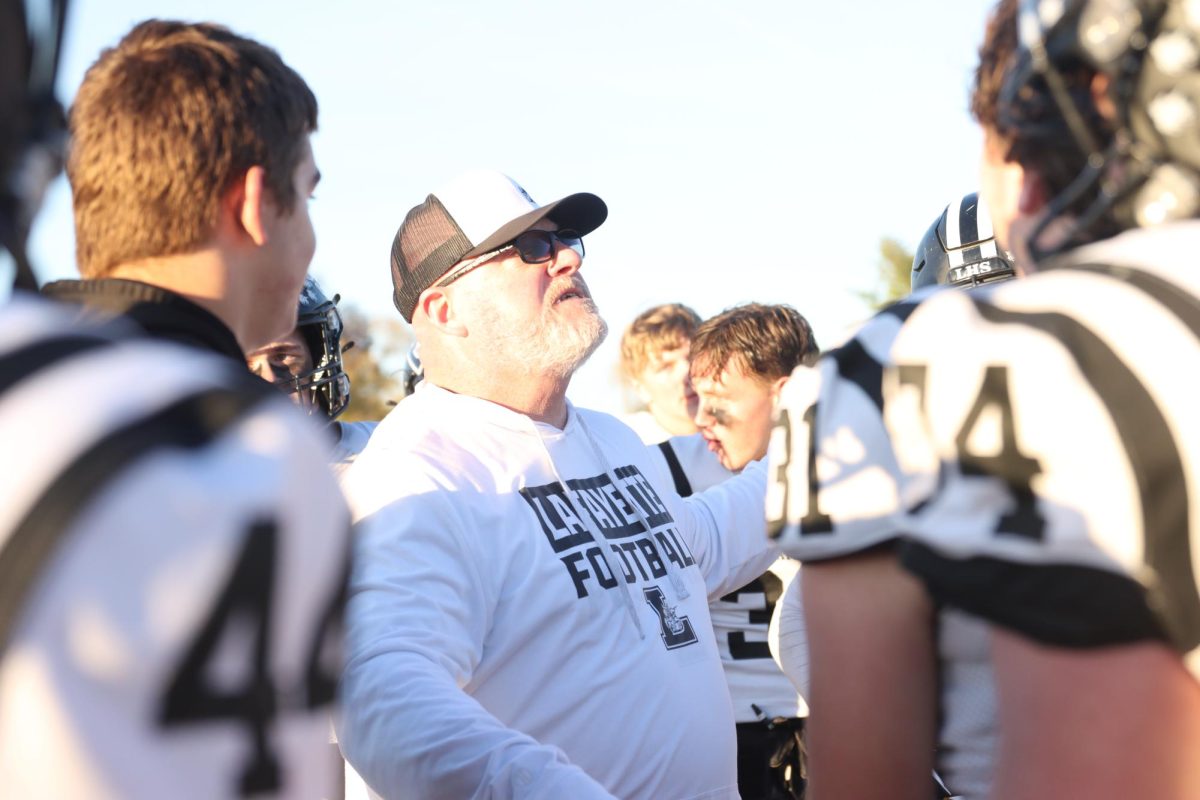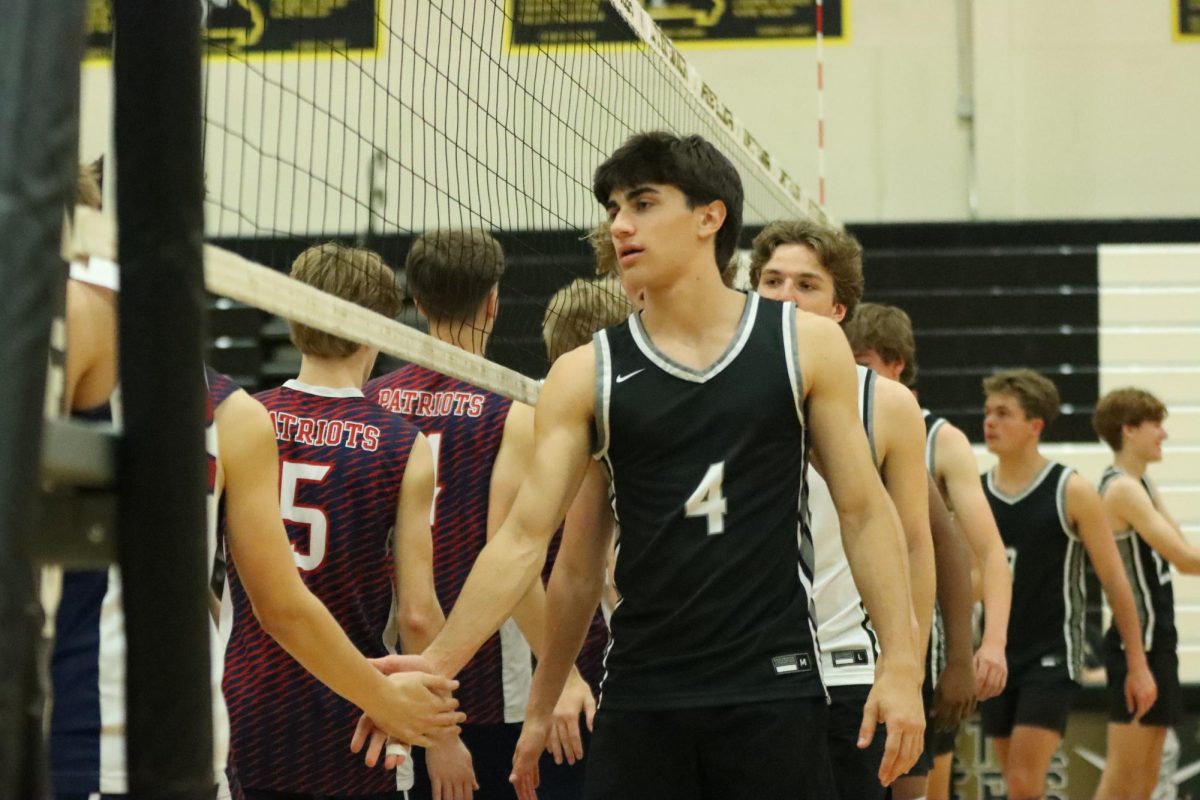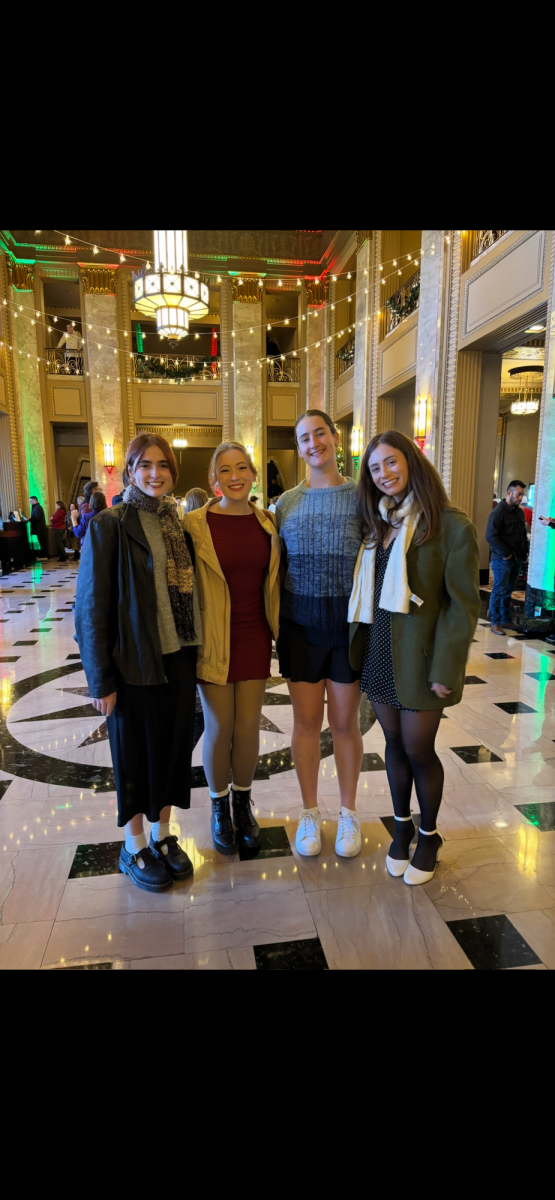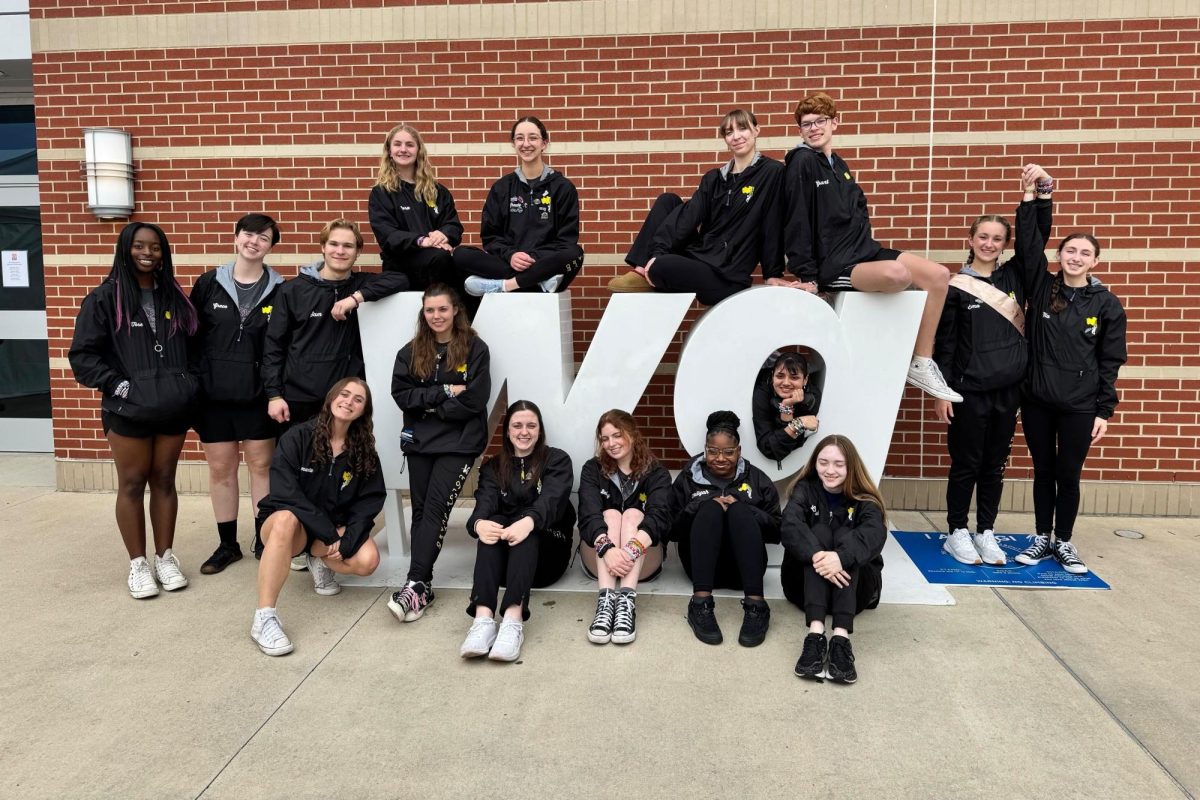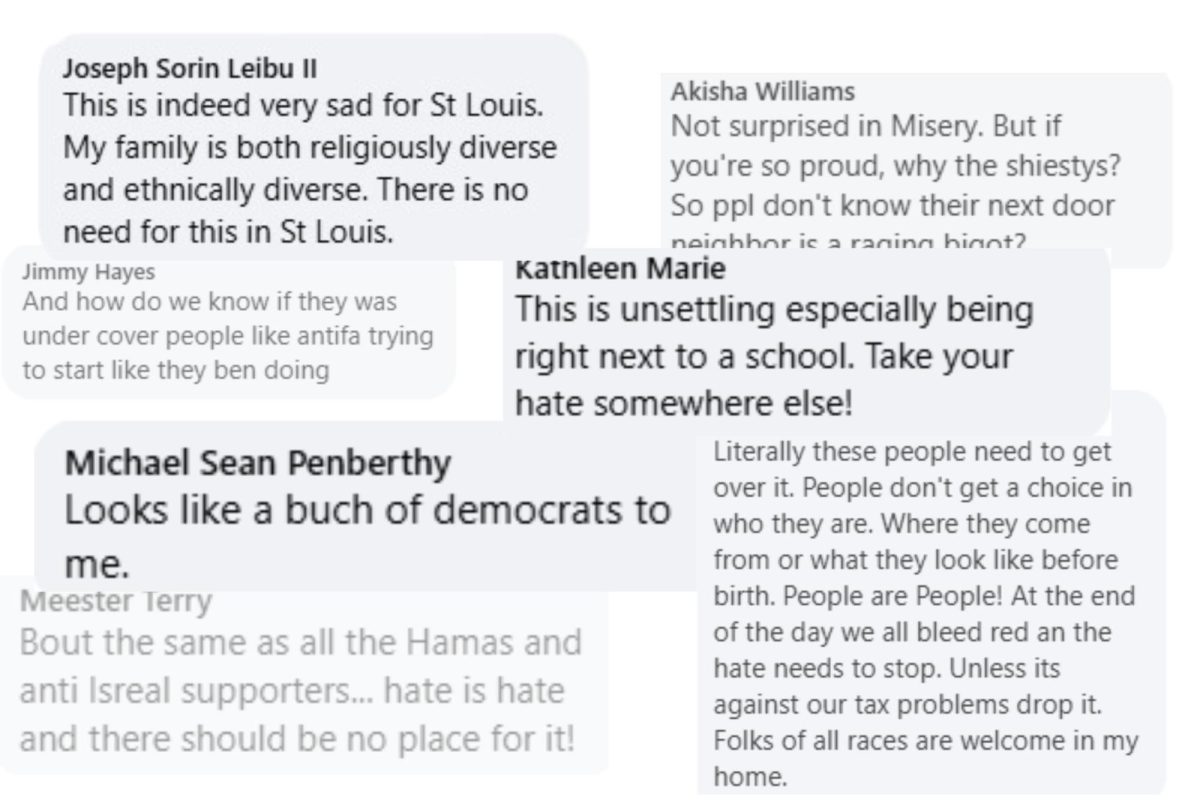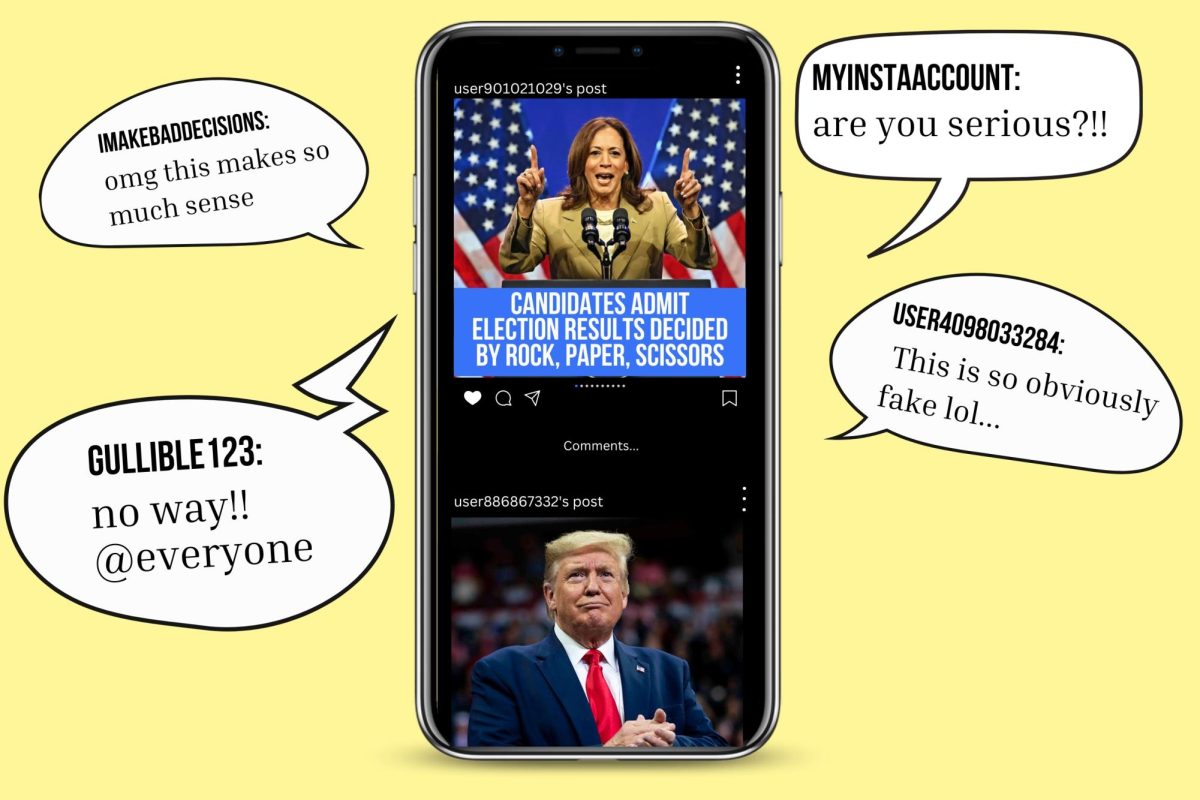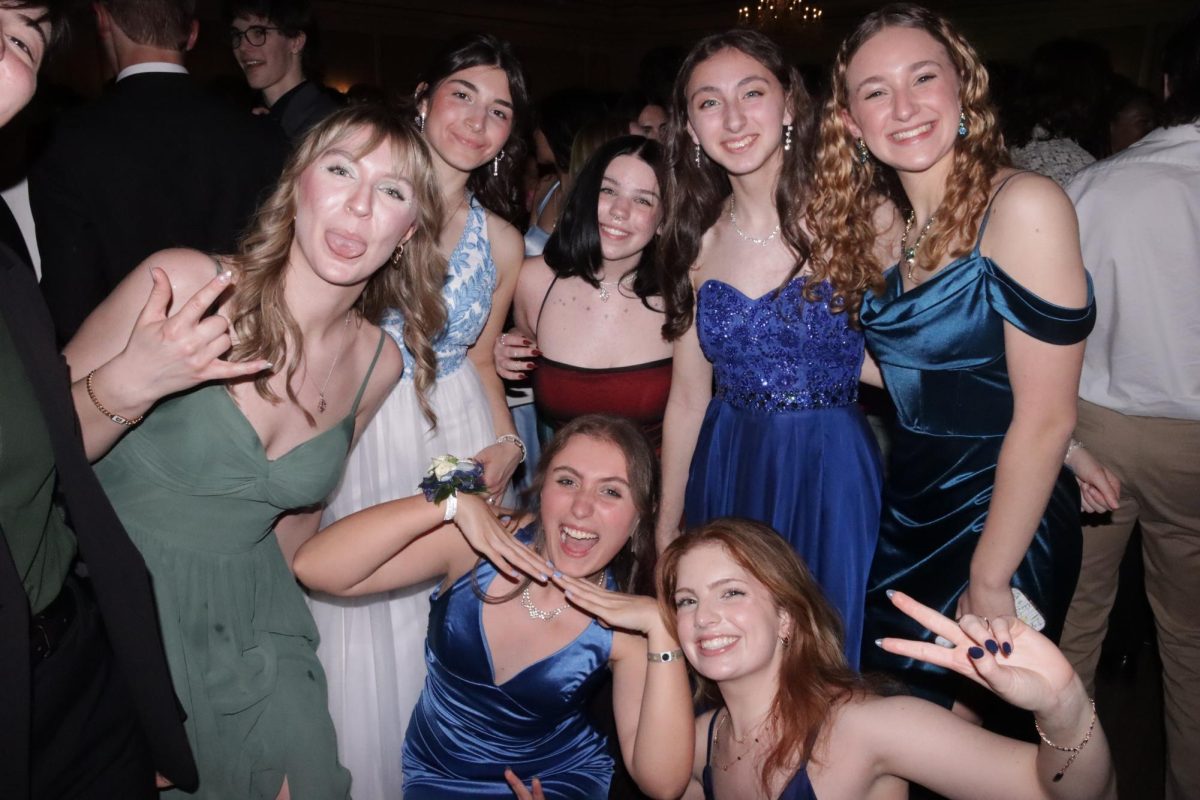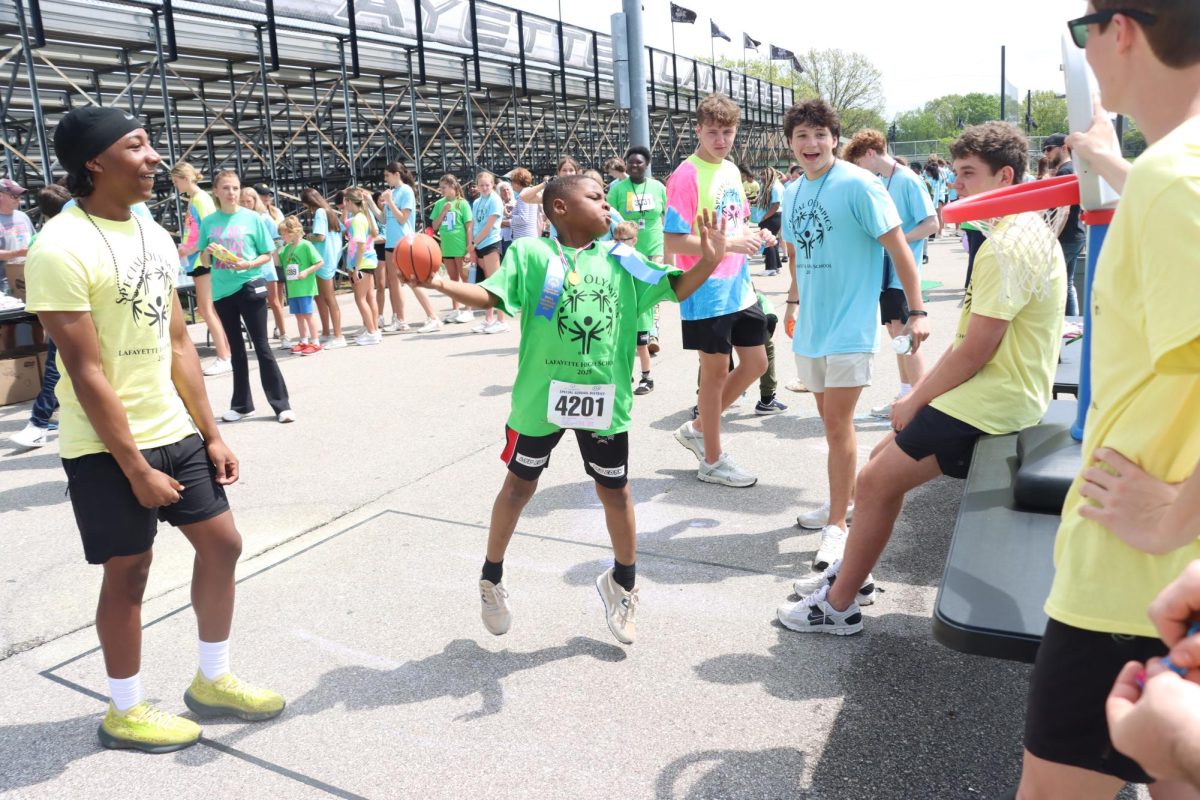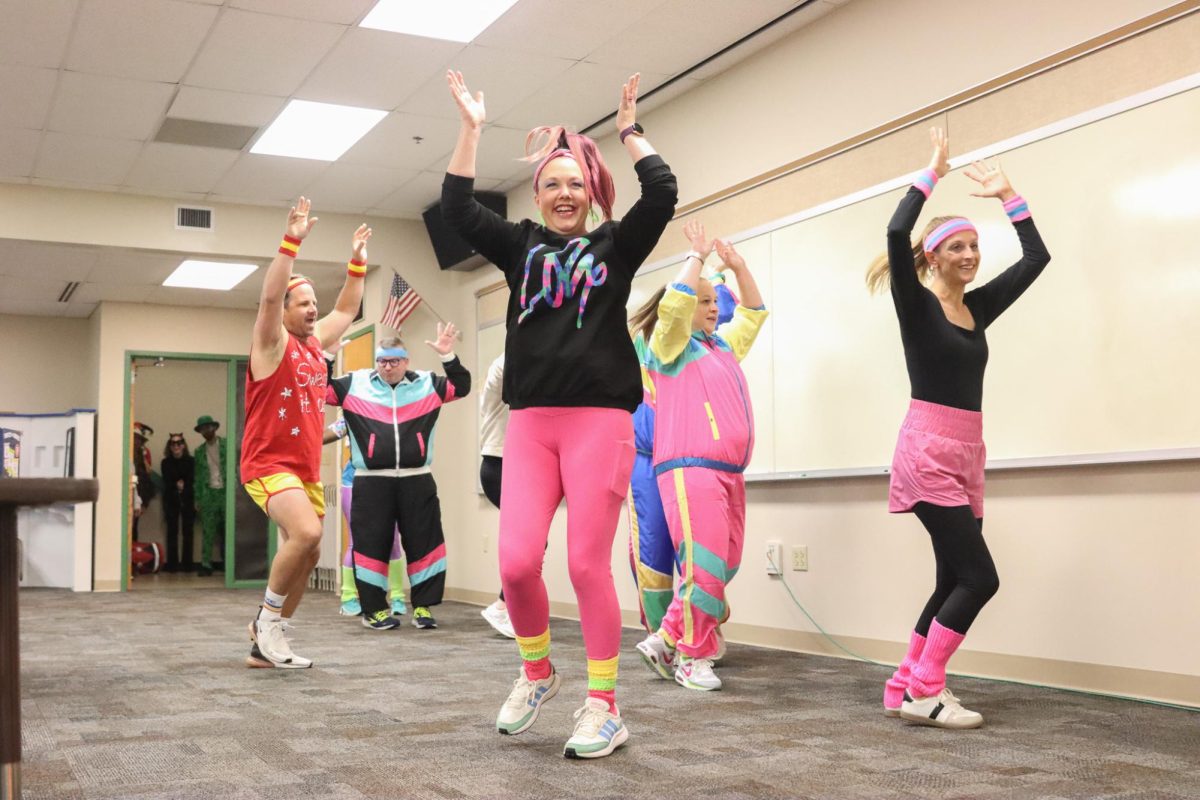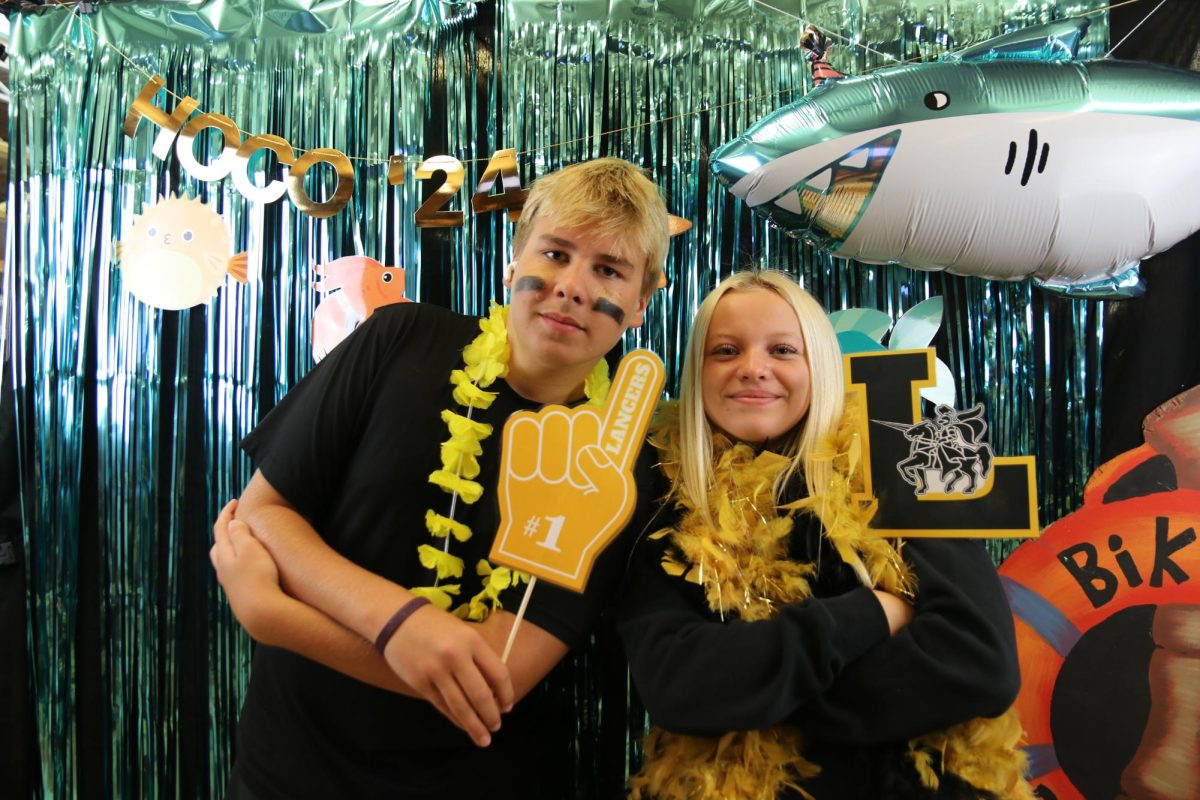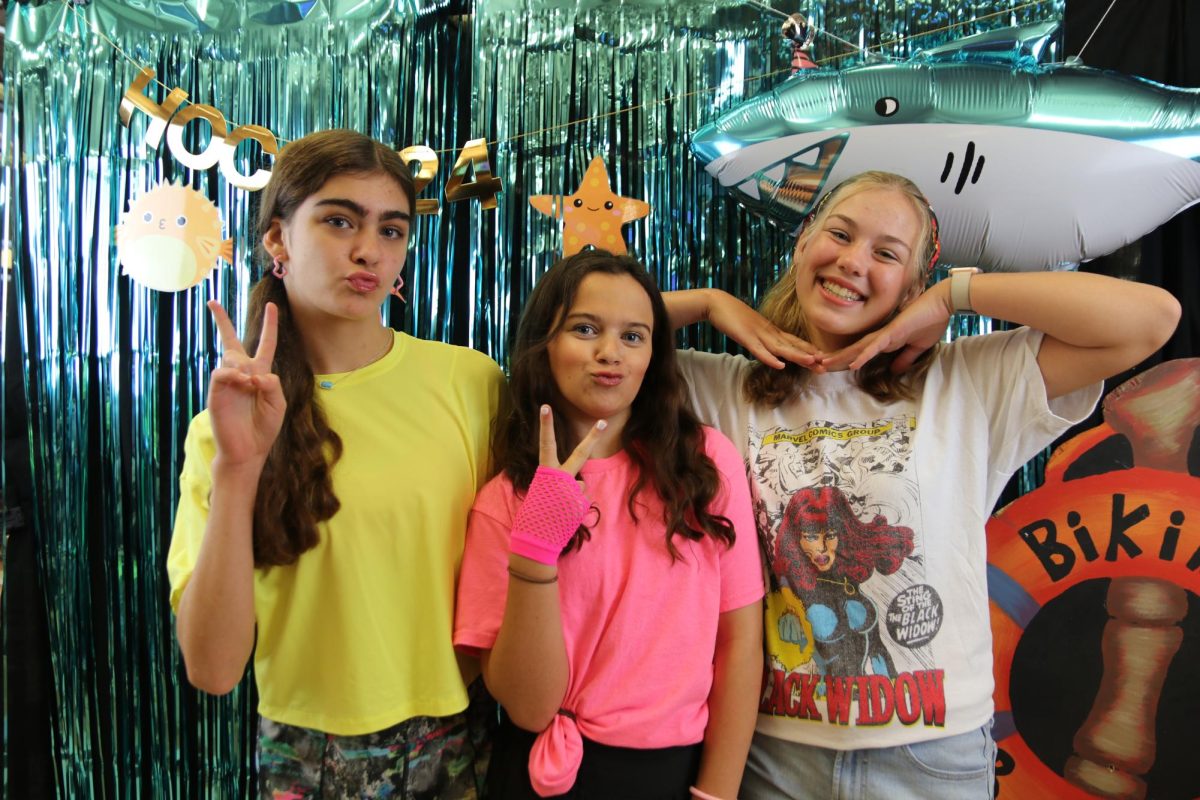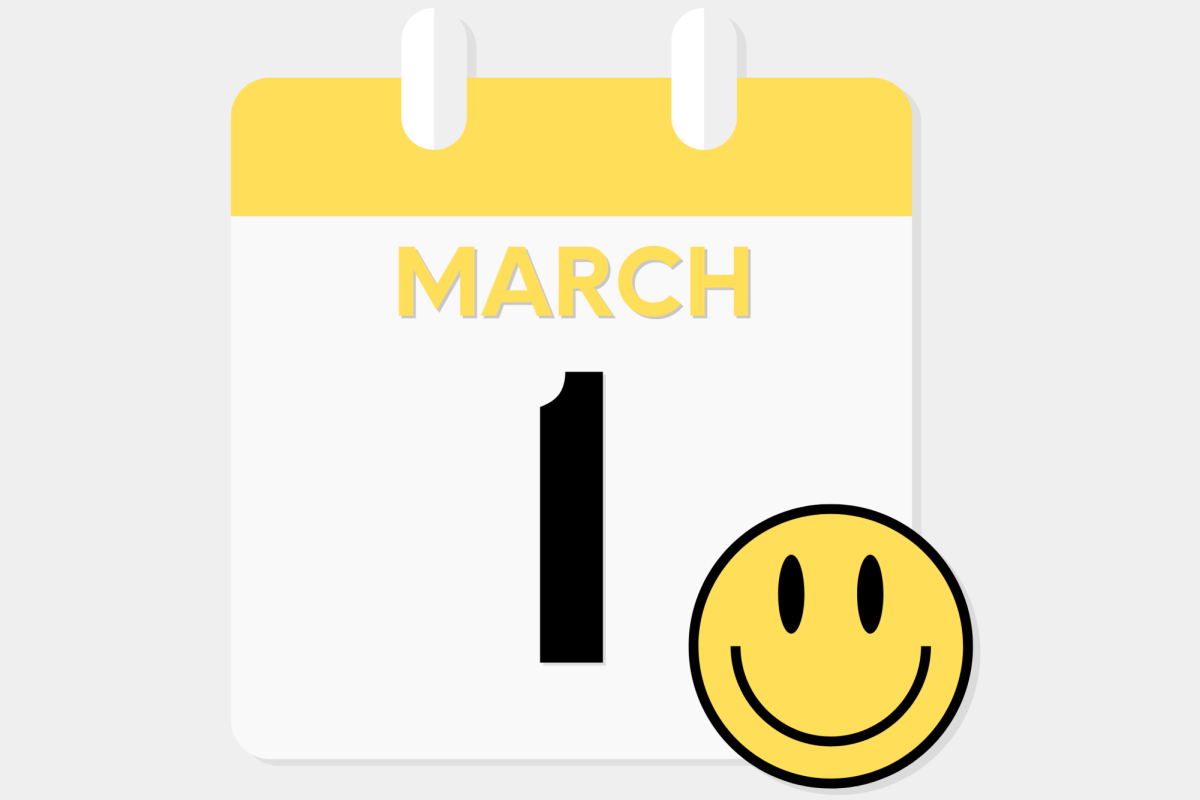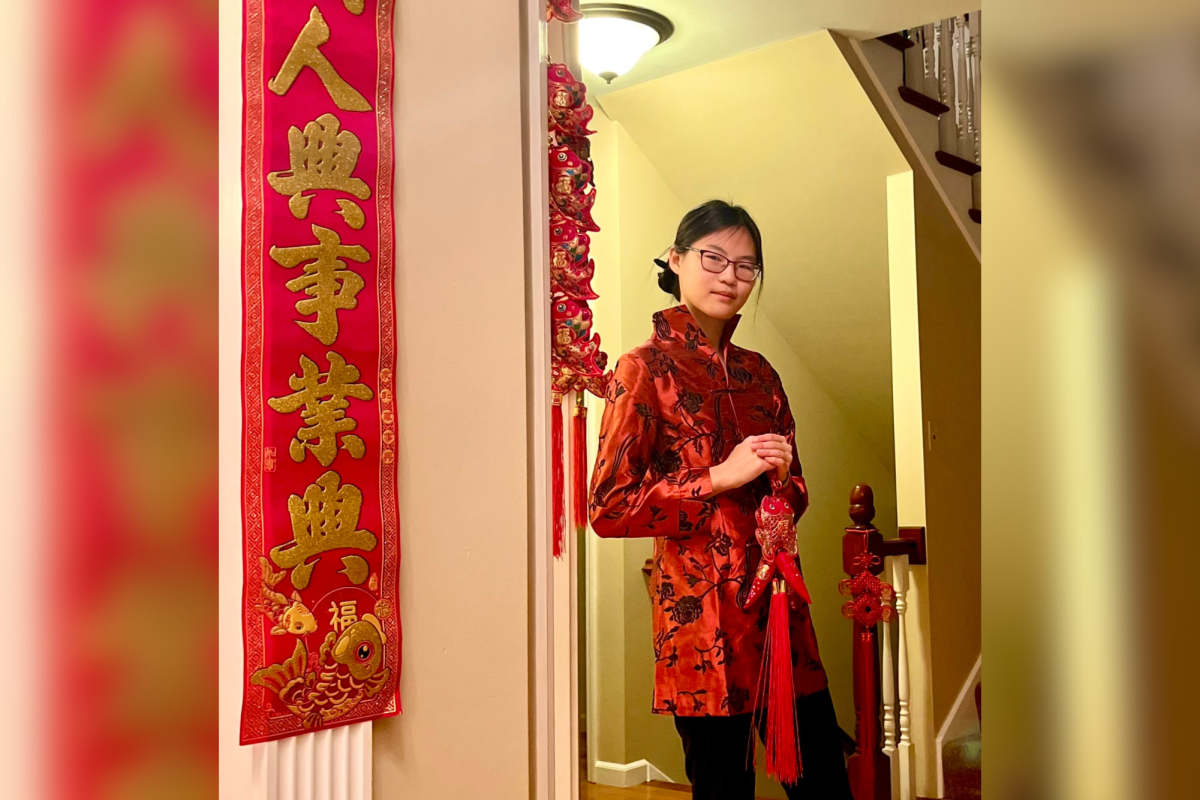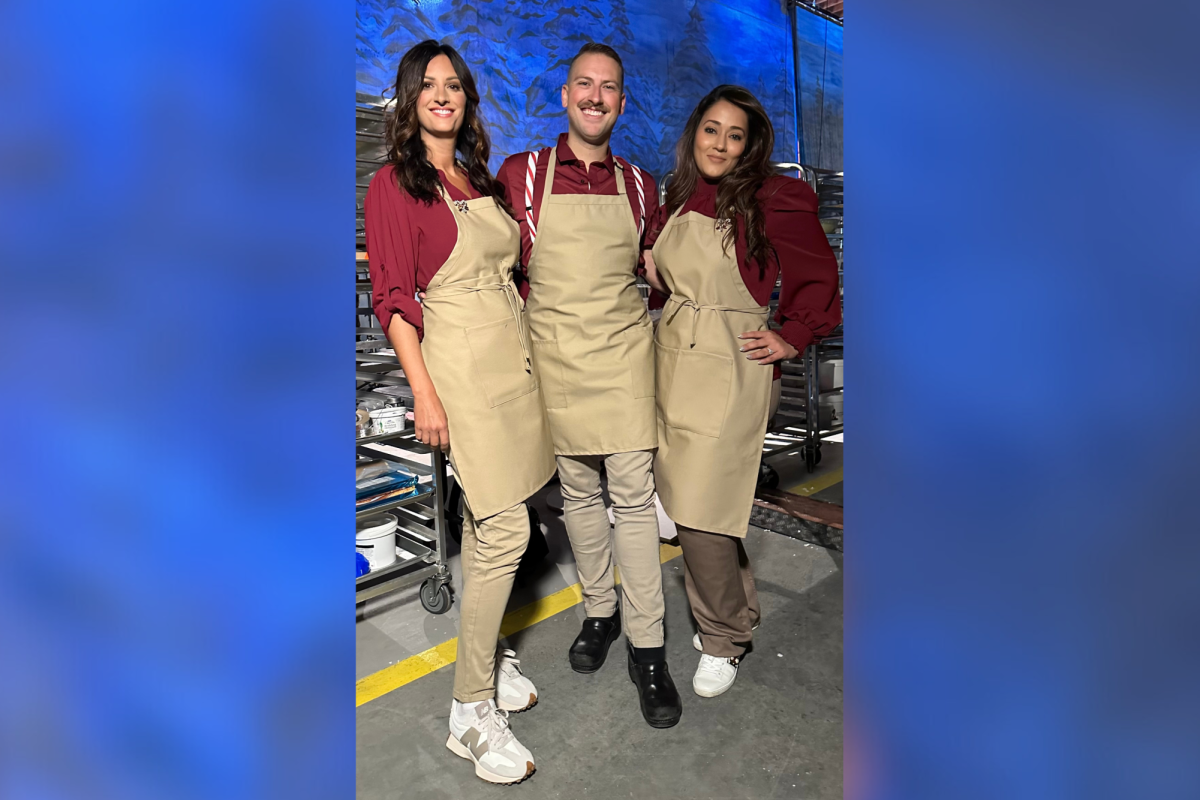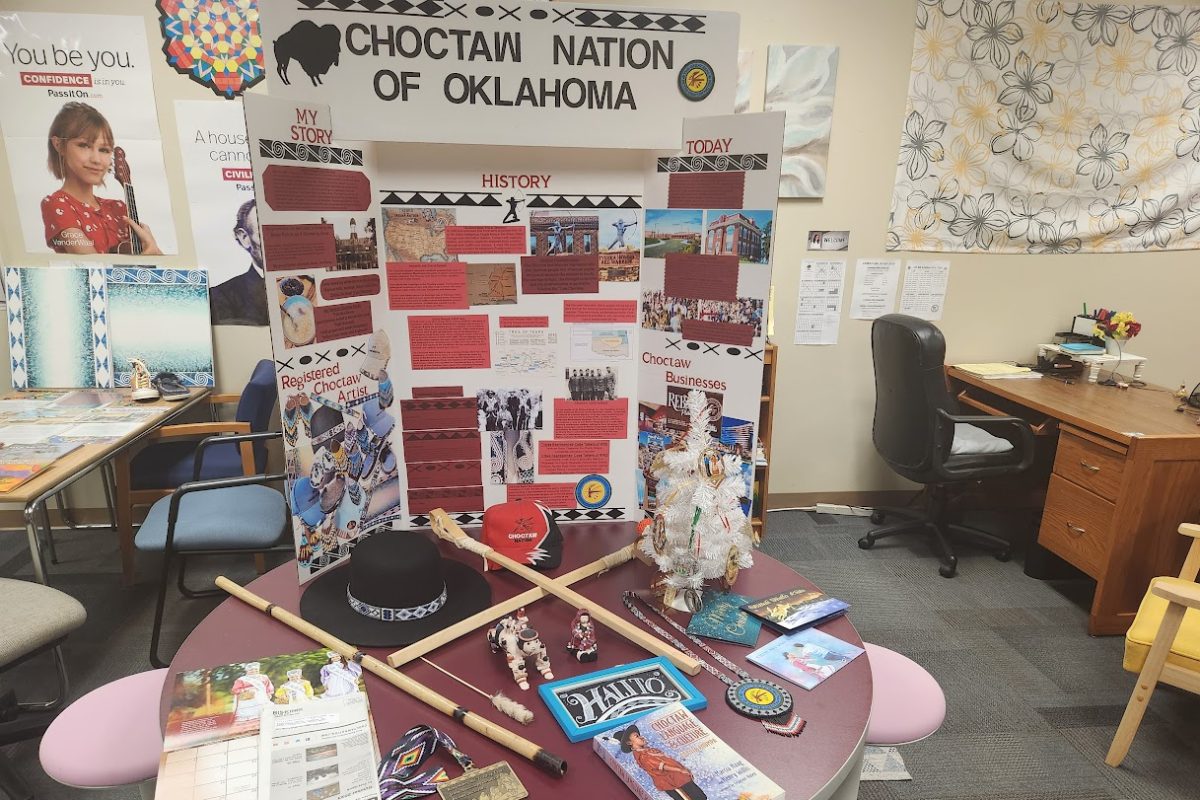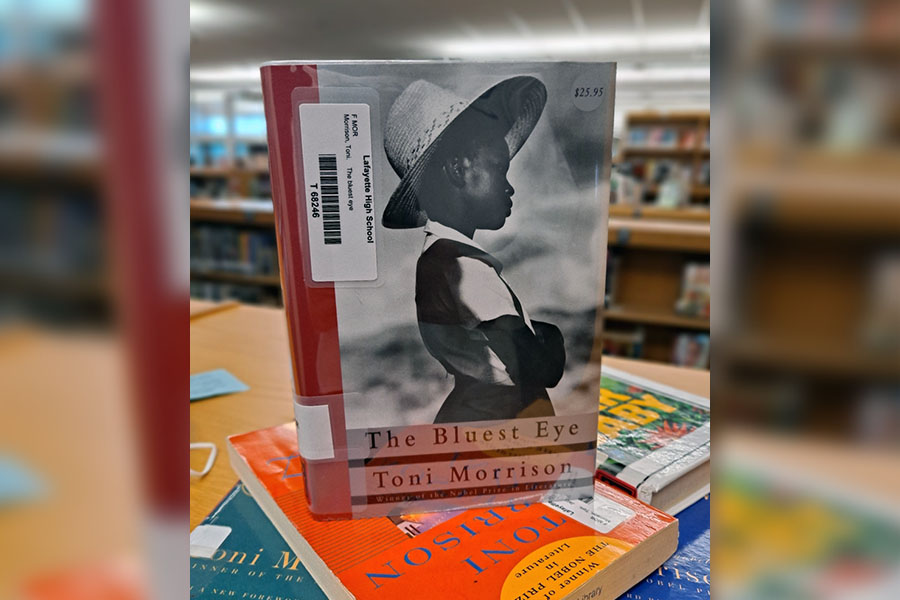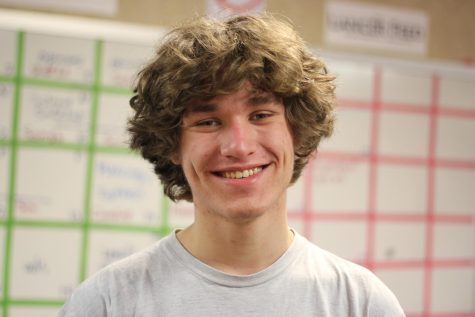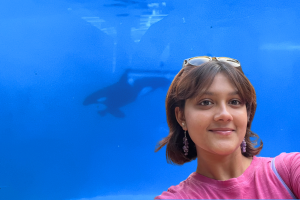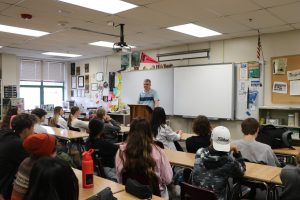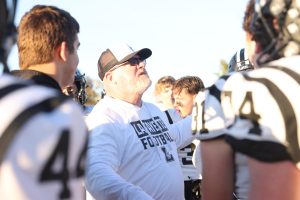Despite being frequently banned, The Bluest Eye holds important messages, literary excellence
Many of Toni Morrison’s works like The Bluest Eye can be found in the library. Morrison released her first novel, The Bluest Eye, in 1970. Morrison is a Pulitzer-winning author for another of her novels, Beloved, which is optional reading in the AP English Literature and Composition course at Lafayette.
March 17, 2022
Toni Morrison’s The Bluest Eye is a novel published in 1970 that has recently gained a lot of attention, especially locally. That’s because it was recently banned January 20, and then reinstated February 25, from Wentzville schools. Wentzville District Board Member Sandy Garber cited obscenity as the reason for its ban, and said that the book had “no academic value.”
This is a position The Bluest Eye is frequently found in. The book was ranked 10 on the American Library Association’s most frequently challenged book list from 2010-2019.
And that’s a shame because The Bluest Eye is an insightful gem, providing a window into the extent of feelings of shame and self-hatred over skin color that many will never experience and written in an impactful stylistic prose similar to poetry.
The book centers on Pecola Breedlove, a young black girl who lies firmly outside her community’s beauty standard. While there is nothing about her that is particularly ugly, it is immediately understood by each character that Pecola is and always was ugly. Pecola struggles under the oppressive weight of her ugliness and wishes for blue eyes to relieve her pressure.
The narrator follows the story of the Breedloves to reveal how each family member is anchored by the racist conceptions they’ve been convinced of. A theme in each of the Breedloves is that their self-image is tied to cultural dogmas about black people.
For example, the Breedloves community, heavily influenced by racism, treats Pecola as less desirable because she’s black. Shopkeepers hesitate to take her money as they don’t want to touch her. The only girls Pecola sees getting praised in the media are white. So Pecola, wishing to escape her oppression, blames her blackness instead of the racist society. The futility of Pecola’s desire to purge herself of her blackness eventually drives her insane.
The story of Pecola and the Breedloves is meant to communicate that internalized racism is caused by an intense desire for black people to escape oppression and is inevitable in the absence of “the reclamation of racial beauty.”
To better communicate the impact of oppression, Morrison effectively captures a relentless feeling of dread that persists throughout the novel. It’s purposefully nauseating. Morrison achieves her dread in many ways. Heartbreaking insights from children wrestling with adult concepts. A broken chronology that clues the reader that there will not be a happy ending for Pecola. And an aggressively sexual, undeniably obscene subject matter.
Different children are assaulted, sometimes raped, in different instances by different people in the book. Sexual violence is a well Morrison draws from frequently. While sometimes it is merely mentioned, other times it is described in graphic detail. It’s definitely not the book to stumble into if you find those themes particularly upsetting.
Most media finds itself on a unique spot on the sliding scale of obscenity. Schools need to draw a line somewhere on that scale. If Wentzville’s line is somewhere between Of Mice and Men and graphic rape scenes, that’s a valid position to hold.
But to suggest that The Bluest Eye has “no academic value,” to me, suggests an ulterior motive. It seems so untrue. The book is packed with uncomfortable but understandable metaphors to the struggle of internalized racism. It’s a book that, in less than 300 pages, is thoroughly lived in by people with depth and nuance. And if nothing else, it’s the first novel by Pulitzer-winning author and American literary titan Toni Morrison. Each sentence is delivered more eloquently than the last, and its cold efficiency is as unsettling as it is impressive. Morrison does not waste your time.
I’m left wishing Morrison found a couple more ways to communicate her ideas to replace some of the sexual violence. But if I was comfortable after finishing The Bluest Eye, she wouldn’t have done her job.
If Wentzville was attempting to protect vulnerable readers from material they’re unprepared for, then so be it. But if so, this raises questions over many absences from Wentzville’s banned books list. For example, The Lord of the Flies depicts the detailed torture of a pig that is purposefully very similar to a rape scene. And yet it’s deemed academically valuable to students.
No, I don’t think The Bluest Eye was banned in Wentzville over obscenity. At least not as it pertains to graphic sexual violence. What I suspect was actually obscene to the district board were Morrison’s ideas that were counterproductive to their regressive worldview. They realize that this book set in the great depression about a dysfunctional black family being held back by a racist society holds an alarming amount of relevance today. They think that Morrison’s depiction of black suffering, if still relevant, might make white students feel uncomfortable.
I implore you, if you think you can handle it, to allow The Bluest Eye to make you uncomfortable. You don’t have to feel guilt, just discomfort. Because if Morrison manages to throw your worldview off balance, you’ll catch yourself with a refreshed perspective on oppression.
If Wentzville’s board was attempting to shield students from Morrison’s ideas, then the ban has completely backfired. I’ve had almost ten people come up to me unprompted to ask what I think about the book and tell me it’s on their reading list. Every copy at the county library is checked out with a long waiting list. They’re selling in droves at Barnes and Noble; some discount bookstores are completely sold out. Organizations and bookstores like EyeSeeMe, In Purpose Educational Services and Left Bank Books raised money to give out copies for free.
If you want to read The Bluest Eye, there are five copies available at the Lafayette library.

